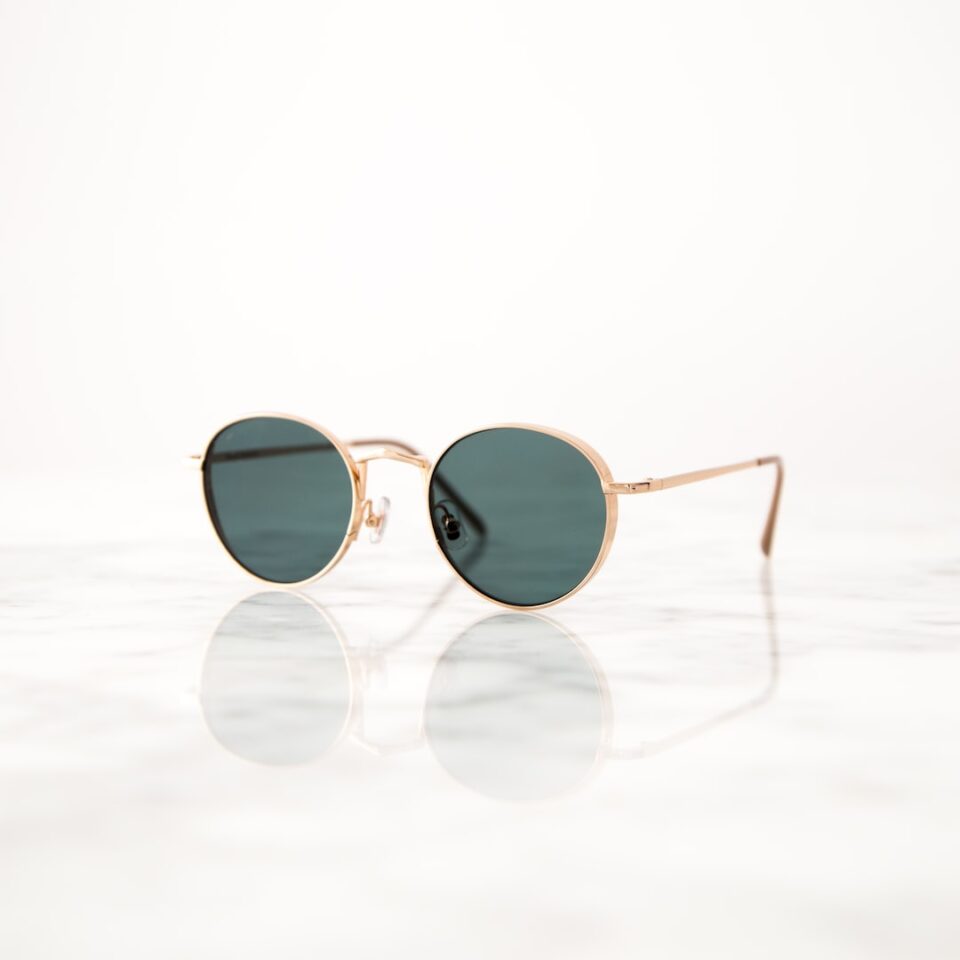The Evolution of Fashion Through Decades: From 1920s to Present
Fashion is a form of expression that has evolved throughout the decades. From the roaring 1920s to the present day, fashion has gone through various transformations that reflect the changing social, political, and cultural landscapes.
The 1920s, also known as the Roaring Twenties, was a time of liberation and radical change. Women abandoned their restrictive corsets in favor of loose-fitting clothes that allowed them to move freely. The flapper style emerged, characterized by short skirts, dropped waistlines, and bobbed haircuts. This era saw a shift towards a more youthful and androgynous look, which challenged traditional gender norms.
The 1930s brought about a more tailored and elegant style, influenced by Hollywood glamour. The iconic silhouette of the decade was the bias cut, which hugged the body and accentuated curves. Women embraced feminine details like ruffles, bows, and fur accents. However, the economic depression of the time meant that fashion became less ostentatious, with simpler designs and fewer embellishments.
The 1940s were dominated by World War II, which greatly influenced fashion. Rationing and scarcity of materials led to practical and utilitarian clothing. Women embraced suits with padded shoulders, pencil skirts, and seamed stockings, which became a symbol of strength and resilience. The famous “Rosie the Riveter” image emerged, showcasing the rise of women entering the workforce and embracing a more masculine style to adapt to the demands of war.
The post-war 1950s brought a return to glamour and femininity. Christian Dior’s “New Look” revolutionized fashion with his cinched waists, full skirts, and hourglass silhouettes. This era is often associated with elegance and sophistication, with women emphasizing their curves through feminine dresses and tailored suits. The 1950s also saw the birth of youth culture and rebelliousness with the rise of the teenager, who adopted a more casual and edgy style.
The 1960s brought about a significant shift in fashion, influenced by the counterculture and social movements of the time. The iconic mod style emerged, characterized by mini skirts, bold patterns, and a futuristic aesthetic. Designers such as Mary Quant and André Courrèges embraced innovative materials and geometric designs. The rise of youth culture and the fight for civil rights and gender equality heavily influenced fashion, with the emergence of unisex clothing and a more relaxed and casual style.
The 1970s were marked by a sense of individuality and self-expression. The hippie movement greatly influenced fashion, with its emphasis on natural fibers, psychedelic patterns, and flowing silhouettes. Bell-bottoms, platform shoes, and maxi dresses became popular, reflecting the desire for freedom and non-conformity. This era also saw the rise of disco culture, with its flashy and glamorous style.
The 1980s were characterized by excess and opulence. Power dressing emerged as women sought to assert themselves in the corporate world, embracing bold shoulders, wide belts, and padded blazers. This era is often associated with colorful and flamboyant fashion, with neon colors, oversized silhouettes, and excessive accessories.
As we move into the present day, fashion has become more diverse and inclusive. Trends come and go at a faster pace than ever before, with the influence of social media and fast fashion. Individuality and self-expression are celebrated, with people embracing their unique style and breaking free from traditional norms. Sustainability and ethical fashion are also becoming increasingly important, with a greater focus on conscious consumption and responsible manufacturing.
The evolution of fashion through the decades reflects the changing attitudes and beliefs of society. From the flapper style of the 1920s to the diverse and inclusive fashion of the present, fashion has always been a reflection of the times. It is a powerful tool for self-expression and a way to communicate our individuality to the world. As fashion continues to evolve, it is exciting to imagine what trends and styles the future will hold.


